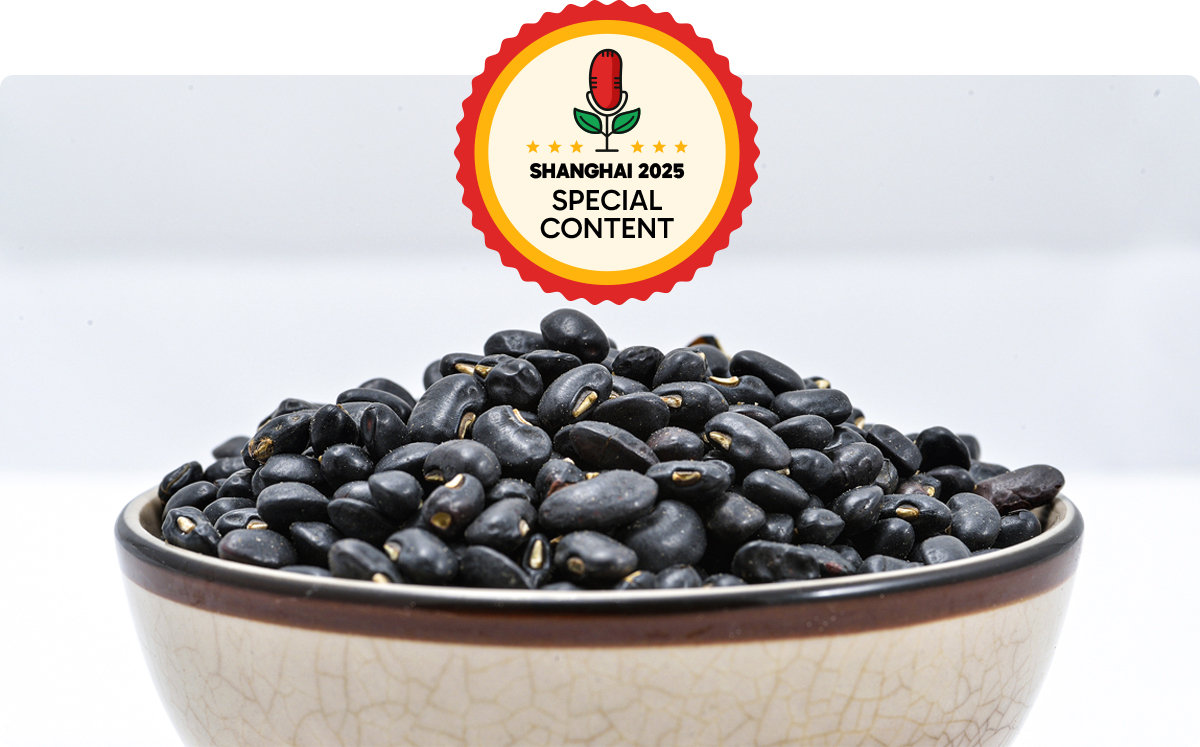August 14, 2025
Pietro Schisler of Arbaza talks us through the year in Brazilian pulses, and how the South American pulse powerhouse is adapting to shifting markets.


Black matpe exports from Brazil have surged, driven by strong Indian demand and expanding acreage, fueling the country’s rise as a growing force in global pulse trade.
“When comparing this year to last (something I don’t believe brings good future predictions in this industry as every year presents a different trade scenario) we have had an increase of 226% in the 0713 HS CODE, however this is mainly due to black mapte and the India quota, rather than green mung bean (GMB), which individually has reduced 80% on the last 2 years from 75k tons to 15k tons.”

“On the other hand, Blacks had a historical high in 2024, which in August 2024 already saw 56k tons being exported, whilst this year at the same time only 31k. Blacks had an opportunist year in 2024, and the same hasn’t happened this year, and the market is re-regulating itself – also, Brazilian domestic is quite strong at keeping the product at bay.”
“There is no current Brazilian pulse trade into China, unfortunately. China has not opened for Brazilian pulses (yet). We have high expectations that this will happen soon. How soon? No one knows. But we do hope it will happen. We think GMB will be the leading export into China once it opens. The potential is huge. Brazil can project itself to be the largest player in the world in GMB should there be demand. On all beans, we are willing and capable of selling into China if there is demand and we are legally authorized to do it.”
“The trade agreement with China regarding sesame did not affect pulse acreage, as it was signed after the planting period. Additionally, the registration process with China’s GACC takes time, so its practical effects have been delayed. Sesame acres remained stable or slightly decreased. On the other hand, pulse acreage for export has increased, especially for beans. Black matpe acreage continues to grow, but since Brazil has only two years of relevant data, trends are still emerging. Future growth will largely depend on India’s import quotas.”
“Brazil has shown a consistent increase in pulse exports, especially in mung, black matpe, and black beans. However, that doesn't necessarily mean the trend will continue indefinitely or that supply will always be available. If international prices aren’t attractive, Brazilian farmers can quickly pivot. For example, GMB exports shifted from one market to another when India closed. GMB was a 70 KMT market and went to 15 KMT nearly overnight after India closed. The same could happen with black matpe – if the Indian market closes, Brazil will adapt.”
“Carioca beans, sometimes referred to as ‘the Brazilian Rajma’, are not traditionally consumed or known in India, but there is potential for niche demand, particularly in regions where light speckled kidney beans (LSKB) are popular. When cooked, carioca beans can serve as a functional substitute, opening the door to new possibilities in both retail and food processing. The barrier of entrance would be to get this largely consumed bean in Brazil and make it popular in India – similar to what the US did with pistachios in the last few years – what a tremendous case!”
Disclaimer: The opinions or views expressed in this publication are those of the authors or quoted persons. They do not purport to reflect the opinions or views of the Global Pulse Confederation or its members.